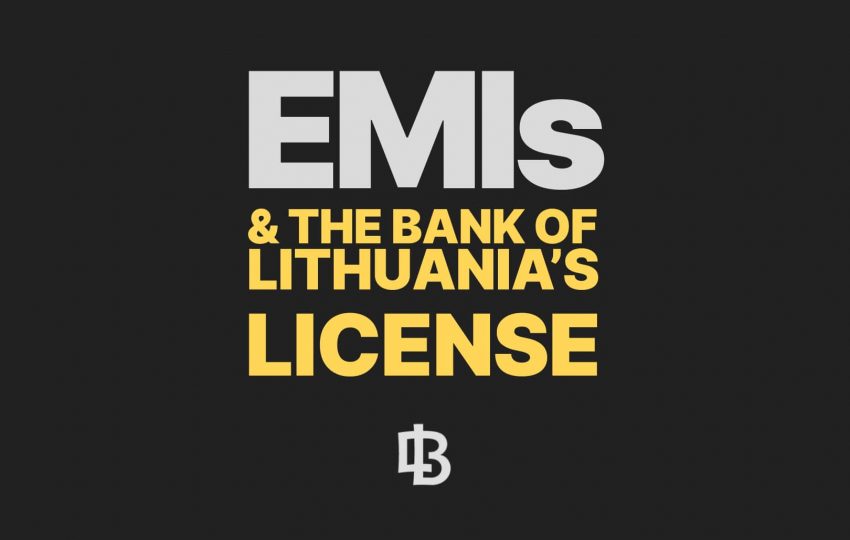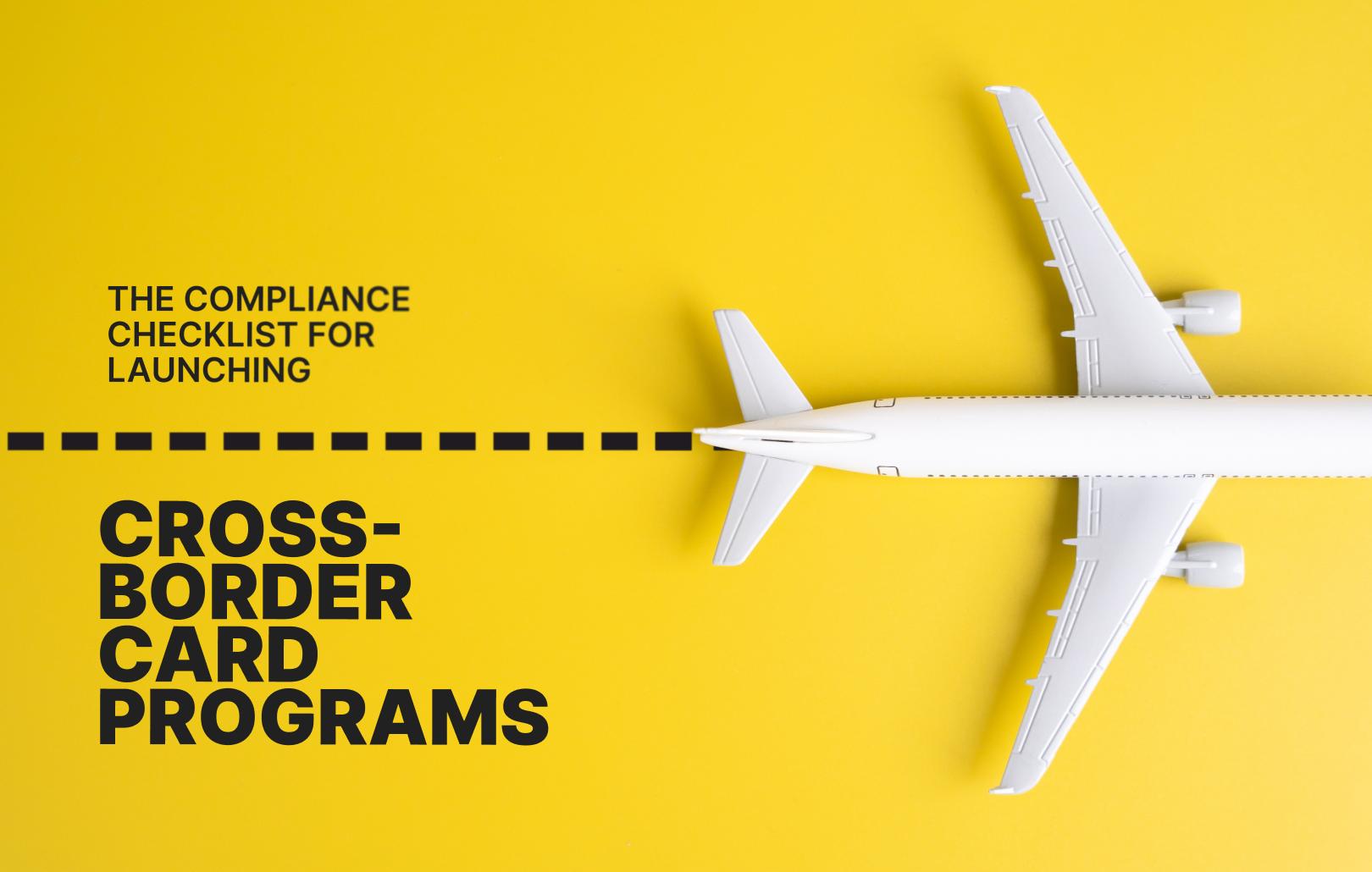EMIs & the Bank of Lithuania’s license

“We operate under the license of the Bank of Lithuania.”
Quite instantaneously, a respectful nod follows from the other side of the table during a meeting, where introductions are exchanged.
Why does possessing the license of the main regulatory body work as an ice-breaker for trust in a conversation—and as a seal of approval for an electronic money institution (EMI) reliability-wise? What does it entail for clients using the services of EMIs?
The Bank of Lithuania
The Bank of Lithuania plays a dual role as a financial regulator and a central bank. Its primary functions include overseeing monetary policy, ensuring the stability of the Lithuanian financial system, and promoting a secure, reliable banking environment. Acting as a regulatory body, it supervises and enforces financial laws for banks, EMIs, and other financial institutions, ensuring compliance with European Union standards. This regulatory function is crucial in protecting consumers, fostering competition, and maintaining trust in Lithuania’s financial system, particularly as Lithuania is a prominent hub for fintech and EMIs in the EU.
As on this day, 80 EMIs and 43 payment institutions (PIs) operate under the license of the Bank of Lithuania.
How is the license obtained?
- Initial consultation and preparation: It is prerequisite that companies engage in early consultations with the Bank of Lithuania to clarify application requirements, ensuring readiness and understanding of regulatory obligations.
- Document preparation: Applicants then gather and prepare comprehensive documentation, including a business plan, operational program, risk management protocols, and policies on anti-money laundering (AML) and counter-terrorism financing (CTF). These documents demonstrate how the EMI will operate and ensure compliance with Lithuanian and EU regulations.
- Application submission: Completing the application form provided by the Bank of Lithuania and submitting it along with all required documents. This typically includes details on the company’s structure, shareholder information, governance, and compliance measures.
- Review and evaluation: The Bank of Lithuania reviews the application, focusing on the institution’s financial stability, management integrity, and compliance readiness. During this phase, the Bank of Lithuania may ask for clarifications or additional information, so the applicant must be prepared to respond promptly.
- Approval and issuance of license: Upon satisfactory review, the Bank of Lithuania grants the EMI license. Once approved, the company can begin offering electronic money and payment services in Lithuania and passport these services across the European Economic Area (EEA).
- Post-authorization compliance: Licensed EMIs must continuously adhere to regulatory standards, including regular reporting, maintaining capital requirements, and ongoing compliance with AML and CTF regulations.
The process of obtaining the license takes 3-6 months.
How do clients benefit from licensed EMIs’ services?
There’s a number of pros choosing an EMI licensed by the Bank of Lithuania, the most notable listed below:
| Robust financial protections and access to Lithuania’s progressive fintech environment. | The Bank of Lithuania’s stringent regulatory framework ensures EMIs maintain rigorous security and transparency standards, which fosters trust and stability in financial operations. |
| Customers’ money is safeguarded by a mandatory segregation of funds. | Clients’ money is kept separate from the EMI’s operational funds, reducing risk in the case of the EMI’s financial issues. |
| The privilege of passporting expands clients’ access to seamless cross-border financial services. | Operating under EU laws, EMIs licensed by the Bank of Lithuania have the privilege of passporting, allowing them to offer services across the entire EEA without additional licensing. |
This licensing process is regulated to ensure financial stability, consumer protection, and alignment with Lithuania’s standards for fintech and financial innovation. Being a licensed EMI means enhanced reliability as licensed companies are continuously under the looking glass of the Bank of Lithuania. This ensures a heightened responsibility to clients and the continuous upkeep of operational standards that surpass the level of “good enough”.
About Satchel
Satchel is a proud licensee of the Bank of Lithuania, established in 2018 and servicing clients with digital banking and payment solutions ever since. On our website, you can learn more about multi-currency IBANs, physical and virtual payment cards powered by Mastercard Europe, SEPA and SWIFT transfers, payroll program, as well as other valuable and versatile offerings by Satchel.
Fintech companies that are not willing to go through the process of obtaining the license but need it for their service portfolio, can benefit from our BaaS and White Label solutions, where Satchel delivers the tech stack and ensures compliance, while the company can amplify their market offering without spending time and resources on development from scratch.
To know more, please visit our BaaS page https://satchel.eu/banking-as-a-service/.







